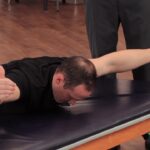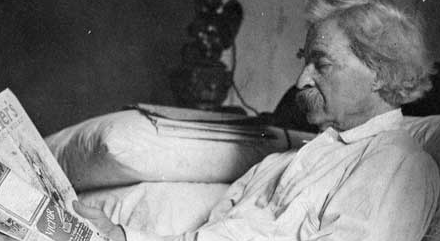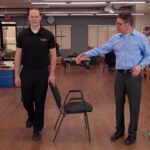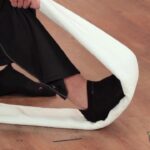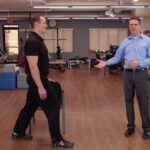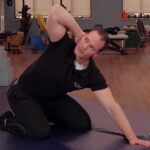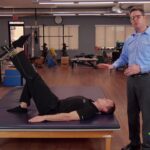Passive Extensor Tendon Stretch | Early Intervention Ergonomics
What is the Passive Extensor Tendon Stretch?
This advanced stretch replenishes nutrients and re-oxygenates the distal upper extremity. It’s a composite stretch that originates at the common wrist extensor tendon of the lateral epicondyle and pulls all the way down to the extensor hood mechanism of the fingers. Perform this stretch to give your body rest when engaging in forceful gripping, repetitive gripping, or awkward and sustained postures of the elbow, forearm, wrist, and hand. By doing so, you can effectively prevent common disorders such as tennis elbow, tendinitis, tendinosis, and muscle strain.
Here’s how to perform the passive extensor tendon stretch:
- Bring one arm straight out in front of you, and make a gentle fist.
- Using your opposite hand, gently pull your fist downward so that you feel the stretch in your forearm with no pain in the wrist.
- Hold the stretch for approximately 5 seconds, then relax.
- Repeat the stretch on the opposite hand feeling the stretch in your forearm with no pain in the wrist.
Early Intervention Benefits
Stretching the wrist extensor tendons offers several early intervention benefits, including injury prevention. Here are some advantages of stretching these tendons:
- Enhanced Flexibility: Regular stretching of the wrist extensor tendons improves their flexibility and range of motion. This can be particularly beneficial for factory workers, construction workers, and anyone involved in activities that require repetitive wrist movements.
- Injury Prevention: Stretching the wrist extensor tendons helps to prevent injuries such as wrist sprains, strains, and tendonitis. By maintaining flexibility in these tendons, you reduce the risk of overuse injuries and potential damage caused by repetitive or forceful wrist motions.
- Reduced Muscle Tension: Stretching helps to relieve muscle tension and tightness in the wrist extensor tendons. This can be especially helpful for individuals who spend long hours performing tasks that strain the wrists, such as typing or using handheld devices.
- Improved Circulation: Stretching promotes blood flow to the wrist extensor tendons, which helps to nourish the tissues and remove metabolic waste products. As a result of this enhanced circulation, the overall health and function of the tendons are supported, thereby reducing the risk of injuries and promoting faster recovery.
- Alleviation of Discomfort: Stretching exercises for the wrist extensor tendons can help alleviate discomfort or pain caused by conditions like tennis elbow (lateral epicondylitis) or repetitive strain injuries. Stretching increases flexibility, which can reduce tension and stress on the tendons, providing relief from symptoms.
- Improved Work Performance: Flexible wrist extensor tendons allow for smoother and more efficient movement of the wrist joint. This can improve performance with workplace activities that involve gripping, lifting, or repetitive wrist motions.
Things to Remember
When engaging in stretching exercises, it is crucial to approach them with proper technique and avoid overstretching. This is because excessive force or incorrect form can result in injury. If you experience pain or discomfort, ease off the stretch or consult with a healthcare professional.
These early intervention exercises are to improve overall health and fitness as well as reduce work related injuries.
If you have an injury or illness, consult with a health care professional before attempting.
More Tools & Resources from Peak Ergonomics
Contact Us About Reducing Workplace Injuries
Healthy Employees are the Bottom Line! – Learn More!


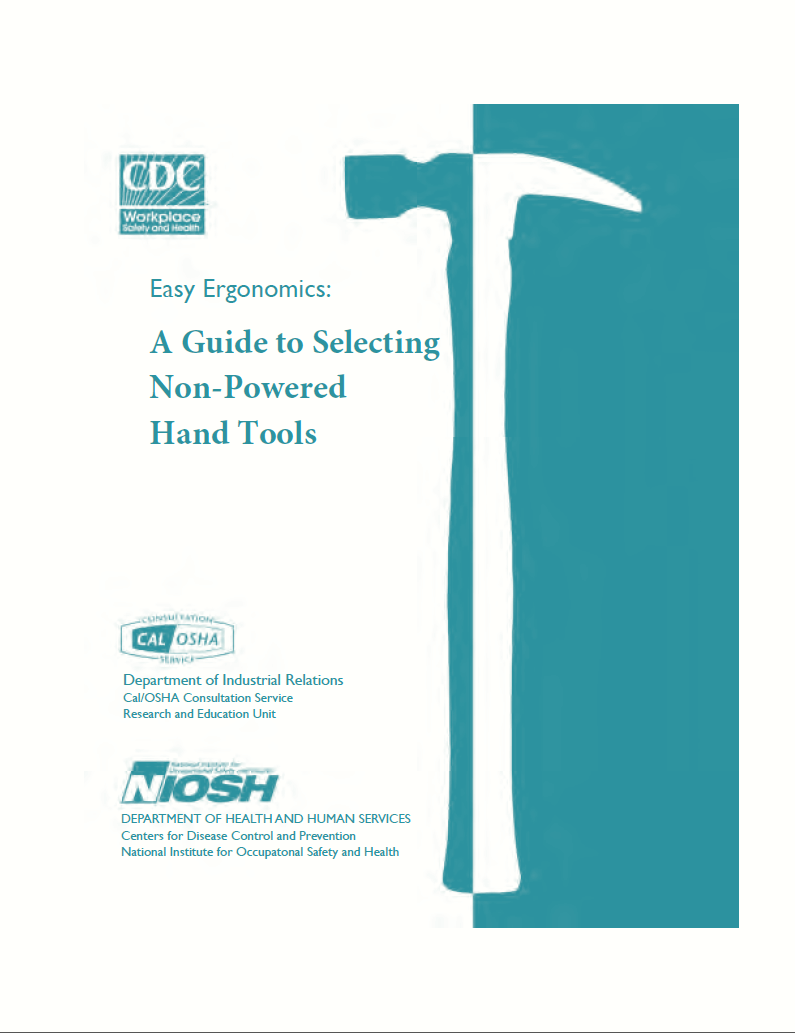
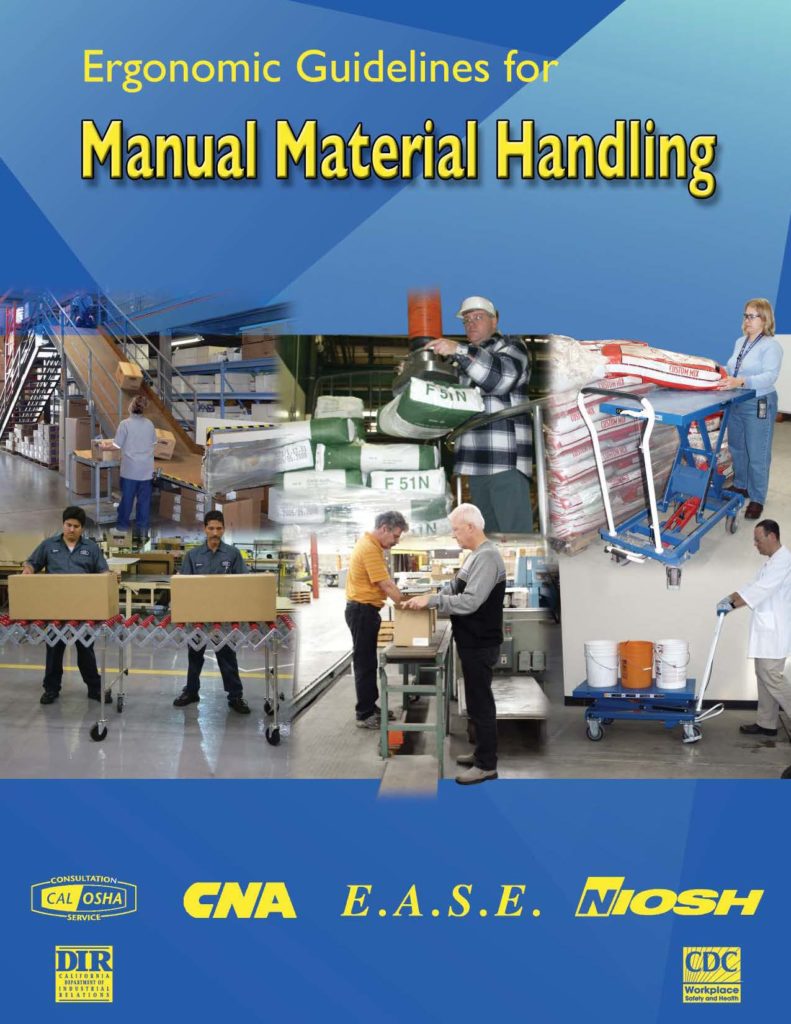
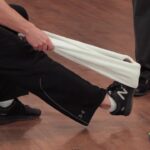
 Past Seminar
Past Seminar